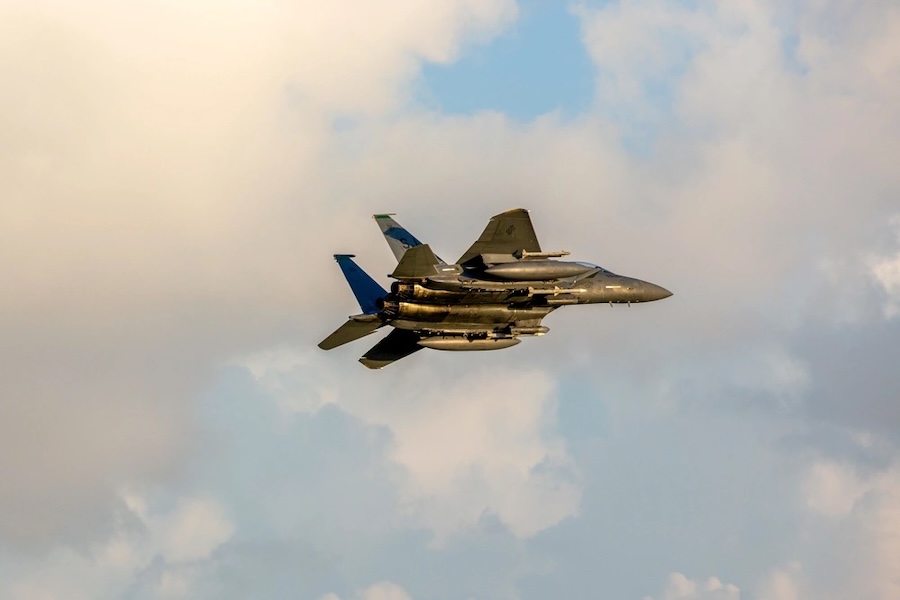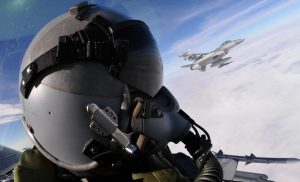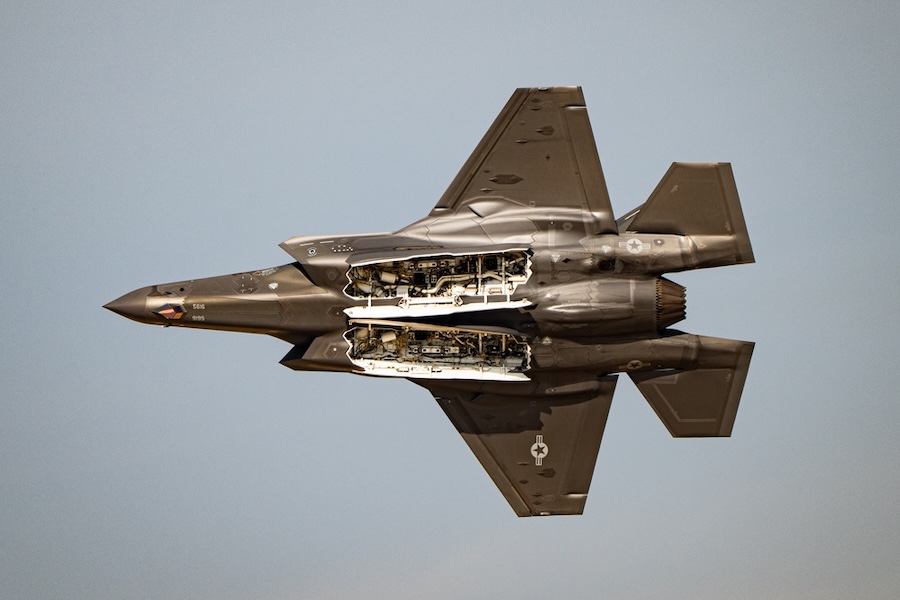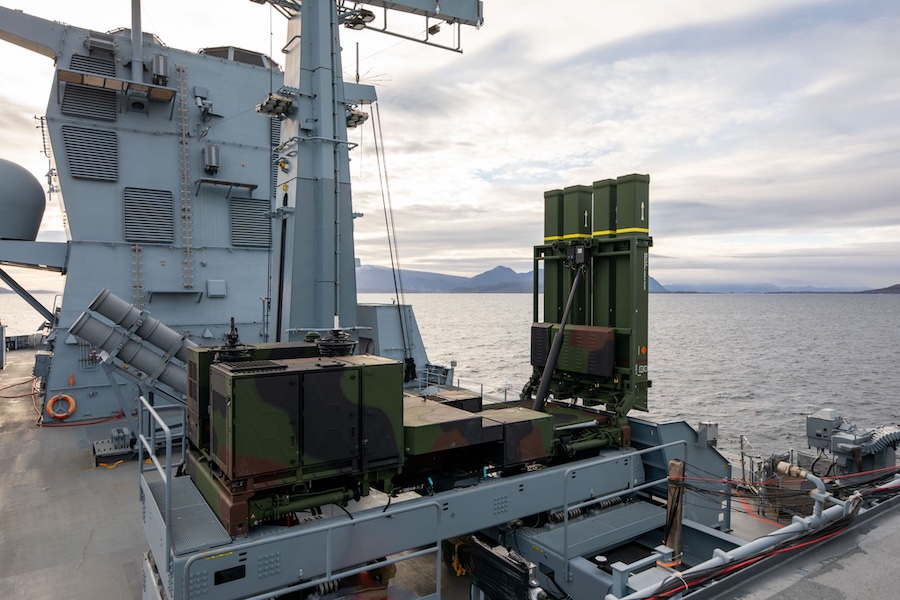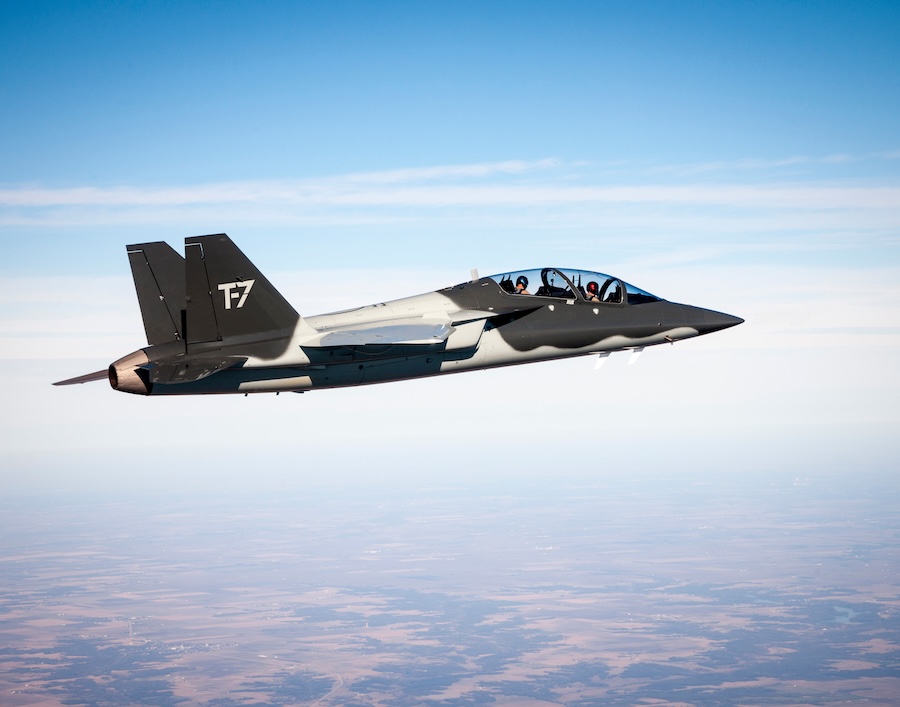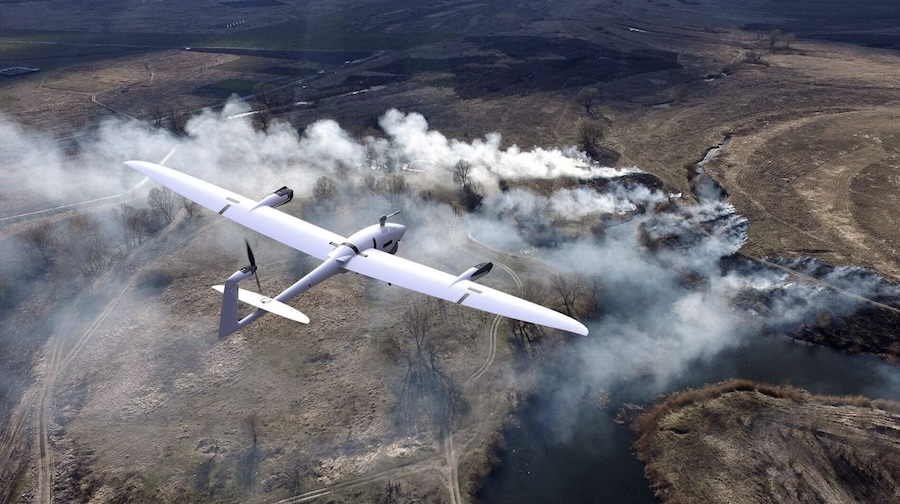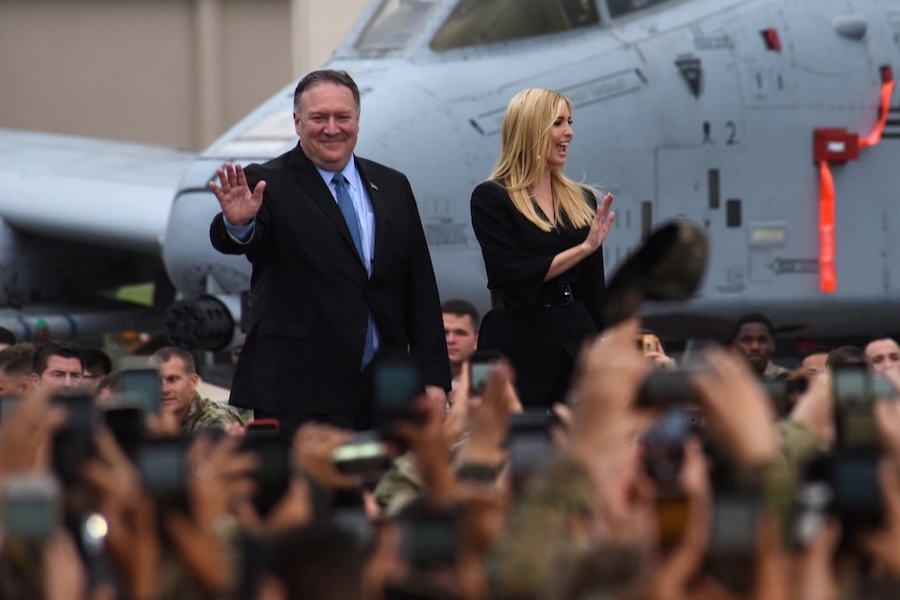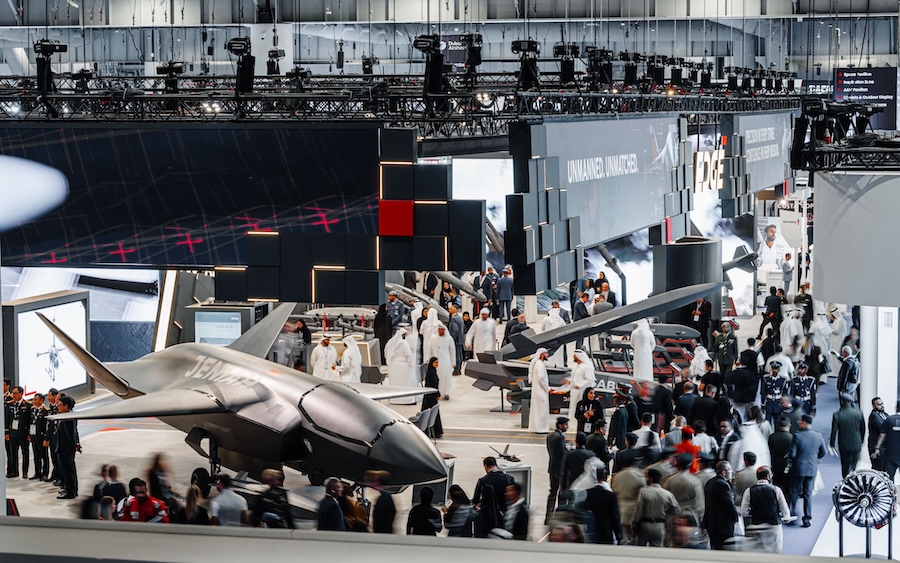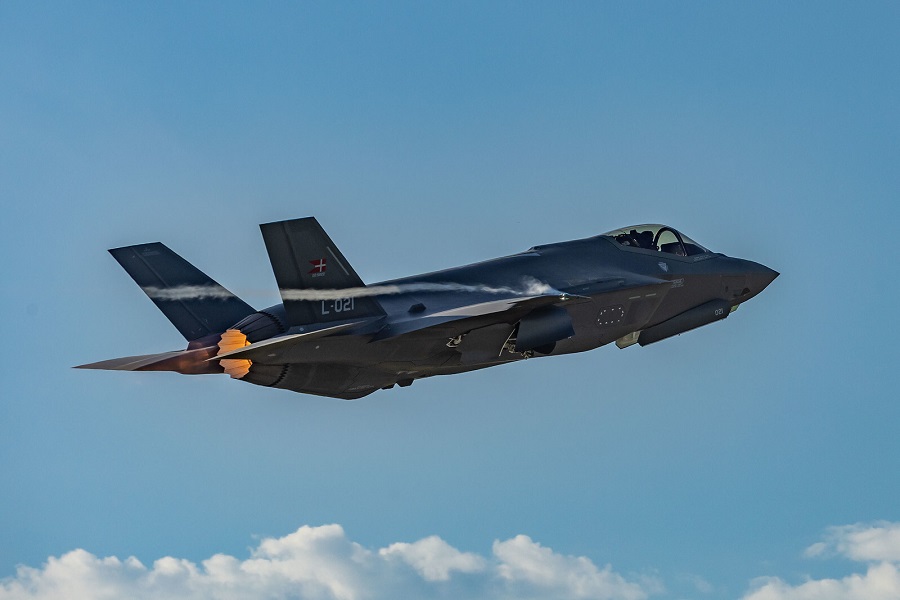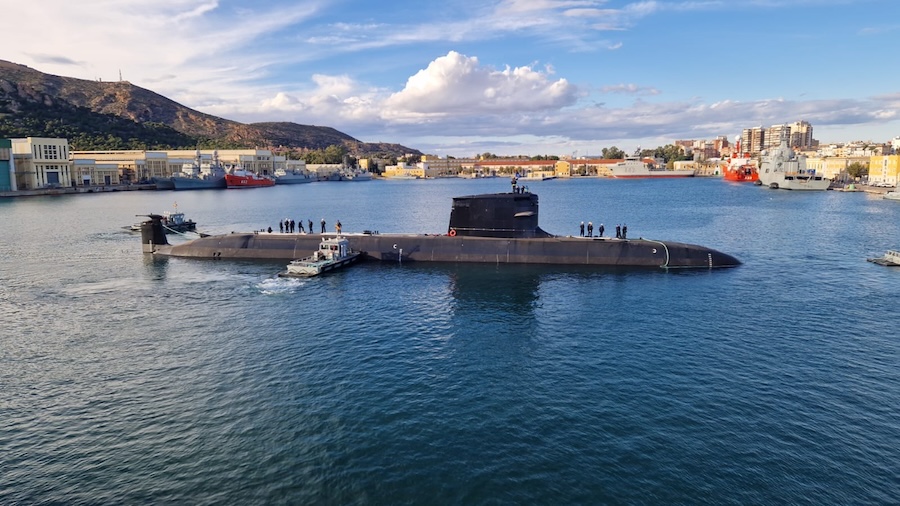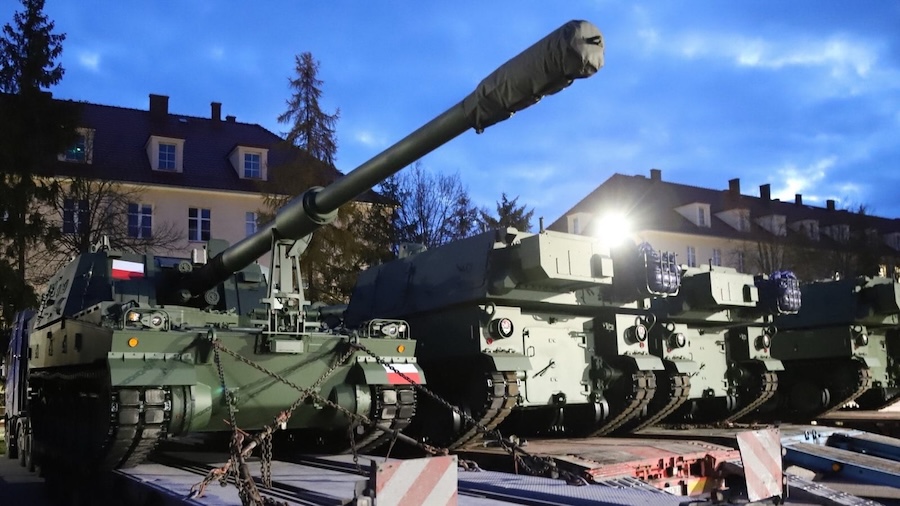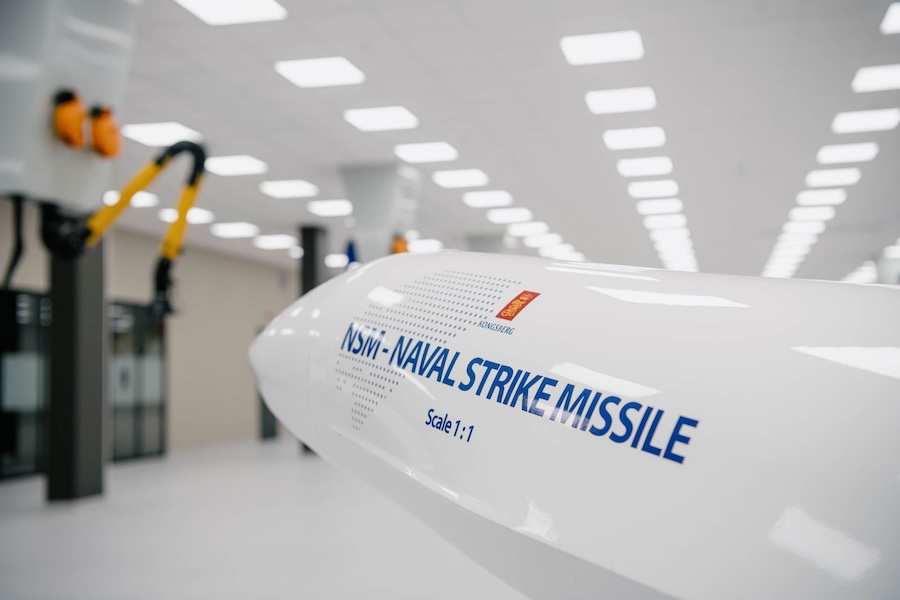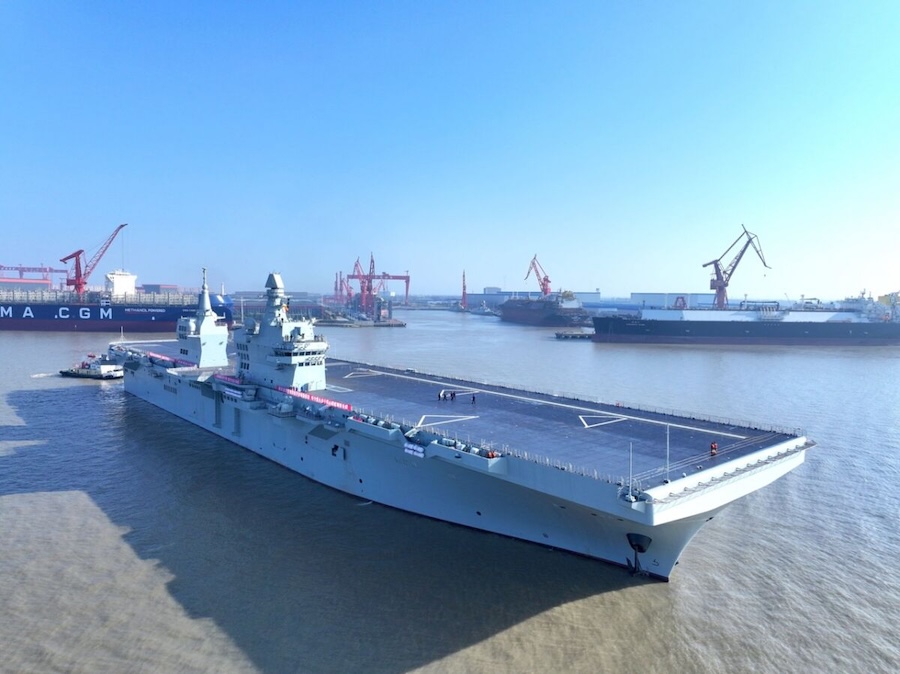A total of 160 Airmen deployed on 13 May from Kadena, Yokota and Andersen Air Force Bases to establish Detachment 336. Their mission was to project and sustain combat airpower from one of the most isolated and strategically important locations in the region.
“This wasn’t just a TDY,” said Capt. Jimmy Boulton, 336th EFS, F-15E pilot. “This was an operational ACE fighter detachment tailor-made for a rapidly developing, real-world mission. And we weren’t just flying jets; we were building a joint team locked in on our purpose.”
Det 336 achieved round-the-clock alert operations, installed a mobile aircraft arresting system and executed daily sorties. The team maintained strong mission-capable rates despite supply lines stretching across continents.
“Our team had to develop innovative solutions to meet maintenance requirements in a location without standard fighter infrastructure,” said Master Sgt. Jeremy McCoy, Det 336 maintenance. “So, we adapted quickly to keep jets and Airmen ready and in the fight.”
The detachment also assumed tactical command of joint defence forces alongside US Navy Seventh Fleet, Marine Forces Pacific and the 609th and 613th Air Operations Centers. Together they carried out air defence drills, base security exercises and alert responses to form an integrated defensive structure.
“We collaborated in real time with our Navy and Marine partners to develop joint solutions,” said Capt. Brianna Kretkowski, 336th EFS, intelligence. “Each mission strengthened our battle rhythm and sharpened our readiness as a unified force.”
Life on Diego Garcia required rapid adaptation as Airmen built and upgraded “Thundercove,” their tent city, with support from the 36th Mission Support Group, Det 1. Improved facilities supported power distribution, sanitation and operational tempo.
“Every workaround and upgrade was about building momentum,” said Tech. Sgt. Cid Bartolome, Det 336 civil engineer. “It was about making the location viable not just for this mission, but for future ones as well.”
By late July, Det 336 had surpassed all mission objectives and proved a forward-deployed fighter force can operate effectively from non-traditional bases. Capt. Boulton said, “Our work is already shaping tactics, techniques and procedures across the theater.”
As the last Strike Eagles settled back at Kadena, leaders underscored the significance of the deployment. “In practice, operational ACE required Det 336 to define new organizations, invent new processes, and—at the individual Airman and team level—aggressively move towards any and every risk to force or mission,” said Lt. Col. Mitchell Fossum, commander, 336th EFS. “Our stewardship of the joint defense of Diego Garcia may soon be catalogued as merely another proof of the United States’ broad capability to rapidly deploy and reinforce deterrence with effective military power. To the Airmen of Det 336, however, this mission and the defense of this exceptional, strategic island was a high calling, and a privilege.”



